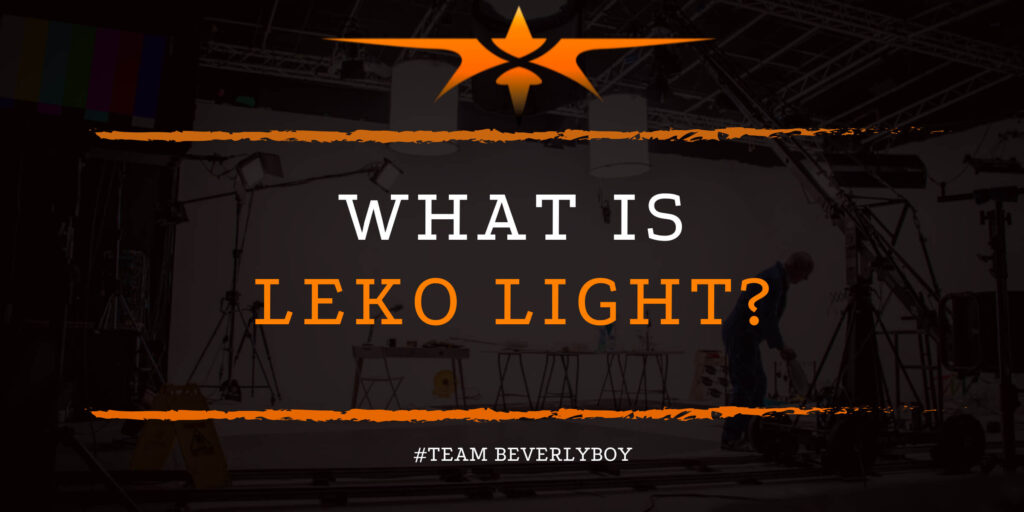What is Leko Light?
The gaffers that work the film set know all about the benefits of various types of lighting. As do the cinematographers that see the light through the camera lens. With so many different types of lighting and options, you may or may not have heard the term “leko light” before. Leko lighting is represented by what one might refer to as ellipsoidal light. But what does this mean exactly? And what is Leko light?

Before we can explain exactly how leko light is used, both in major events and concert venues, as well as in other instances, we must first define Leko light.
Chances are, you’ve already experienced Leko light. You probably just didn’t know exactly what it was! Or that it was Leko light that you were experiencing.
What is Leko Light?
Leko light represents the ellipsoidal reflector light. That is commonly found in stage lighting. And will generally be used to collect and then redirect light through a barrel containing a lens.
In simpler terms, you might recall seeing a theatrical spotlight that places the main lighting on a stage? That’s Leko light!
Leko light is an incredibly powerful source of light that directly focuses the ray to a specific area, usually in a very small diameter.
In order to produce Leko light, the following components are required:
- A bulb which will set in the back of the barrel.
- Blades which shape the light.
- A front lens which allows the light to be focused on a large, or small, area.
Ellipsoidal Light
Leko light is sometimes called ellipsoidal light. You might recall experiencing Leko lighting as stage lighting. It’s commonly used to reach the hard to light areas of the set or stage.
Also, it is known for the way that the shape of the lighting can be changed to adapt to the fit the needs of the current set or stage.
Benefits of Leko Lighting
The use of a Leko Light has several benefits, which is why every stage and major auditorium will have leko light. Originally created for stage lighting, Leko light has the ability to produce powerful, clearly defined beams of light that provide precision like no other form of lighting can.
The use of Leko light is incredibly common in live performances such as concerts and events, but this light can also be used in filmmaking, sometimes.
Leko light is often brought in to light hard to reach areas of the set. In fact, they can take the place of otherwise messy cables and lighting being placed all around.
These lights provide controlled lighting to a specific area, and can be used to produce interesting effects on the set. Most of the time, Leko lighting is used to reproduce the appearance of the sun, in order to create the appearance of natural light coming into the set.
Types of Leko Light
Leko light originally was made up of tungsten bulbs that would provide up to 750 watts of spotlight. Gels and other plastic covers were often used to adjust the color or tone of the light so that it could resemble sunlight.
Today’s Leko lights are often LED, representing an amazing array of colors without the need to use gels or plastics to adjust the tone of the light. LED Leko lights are more useful and provide more flexibility on the set.


